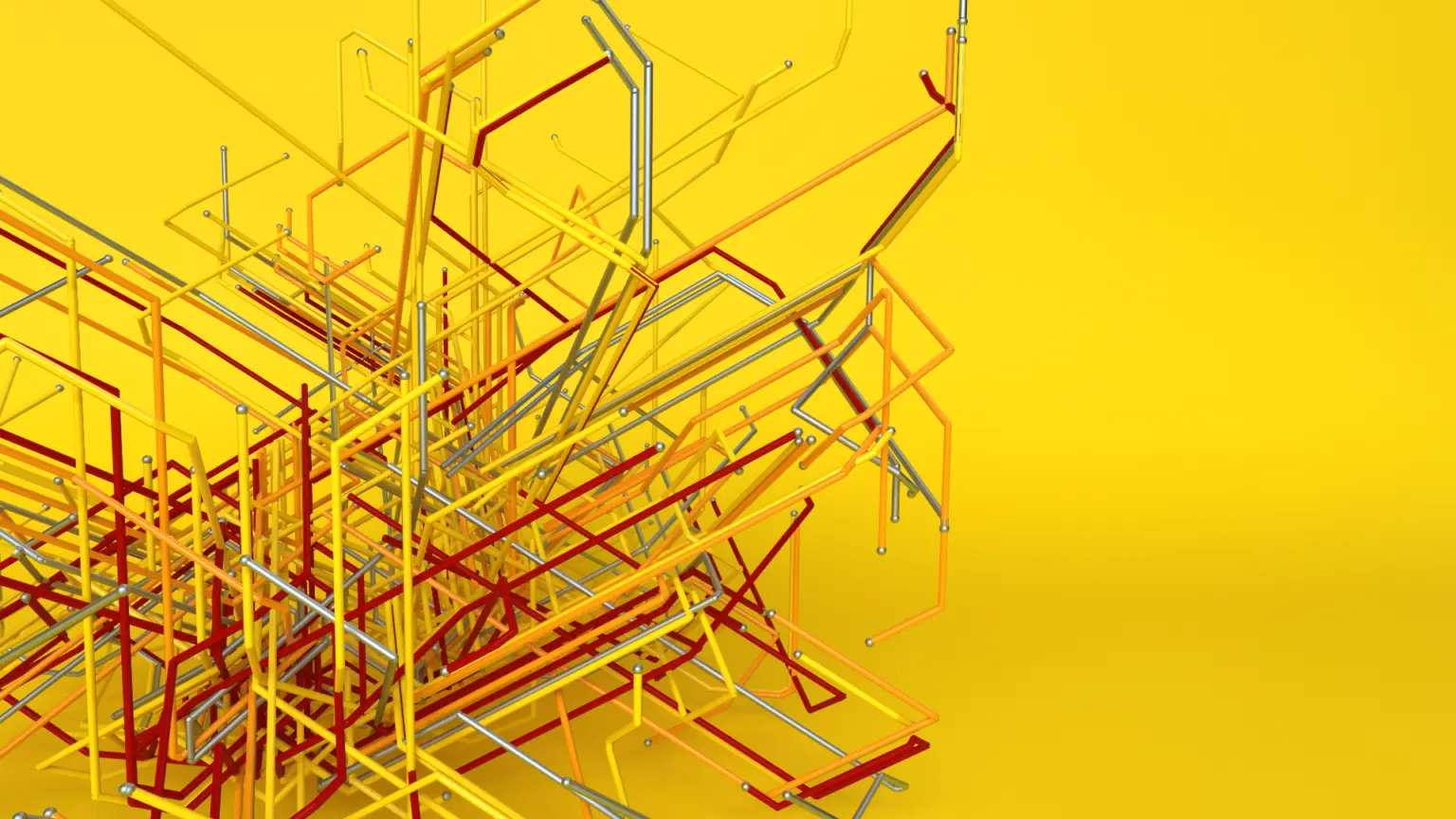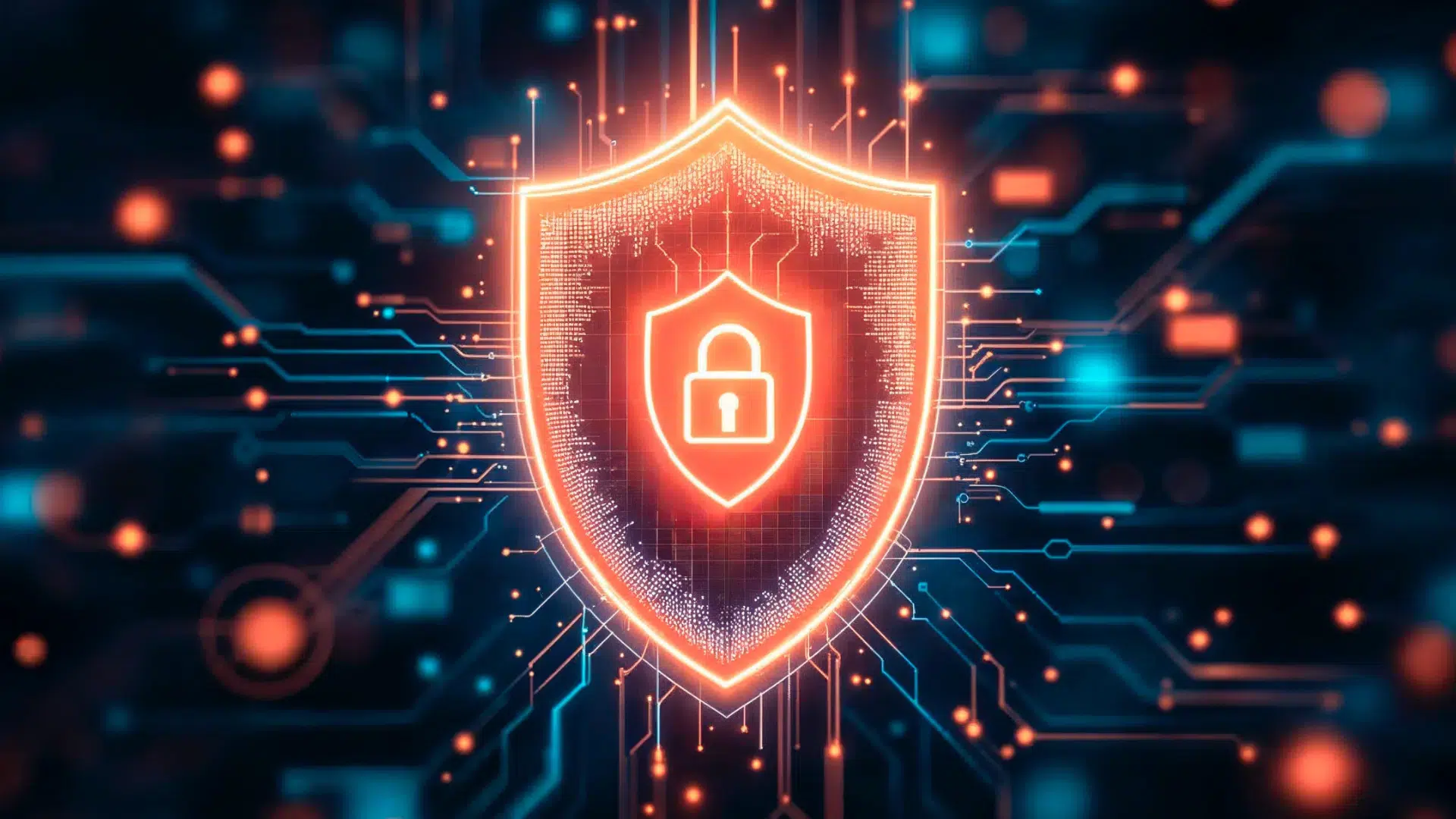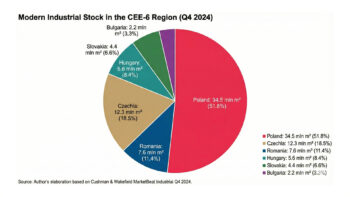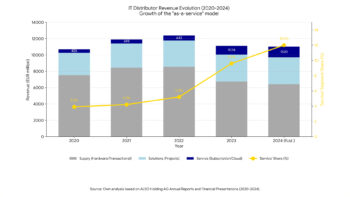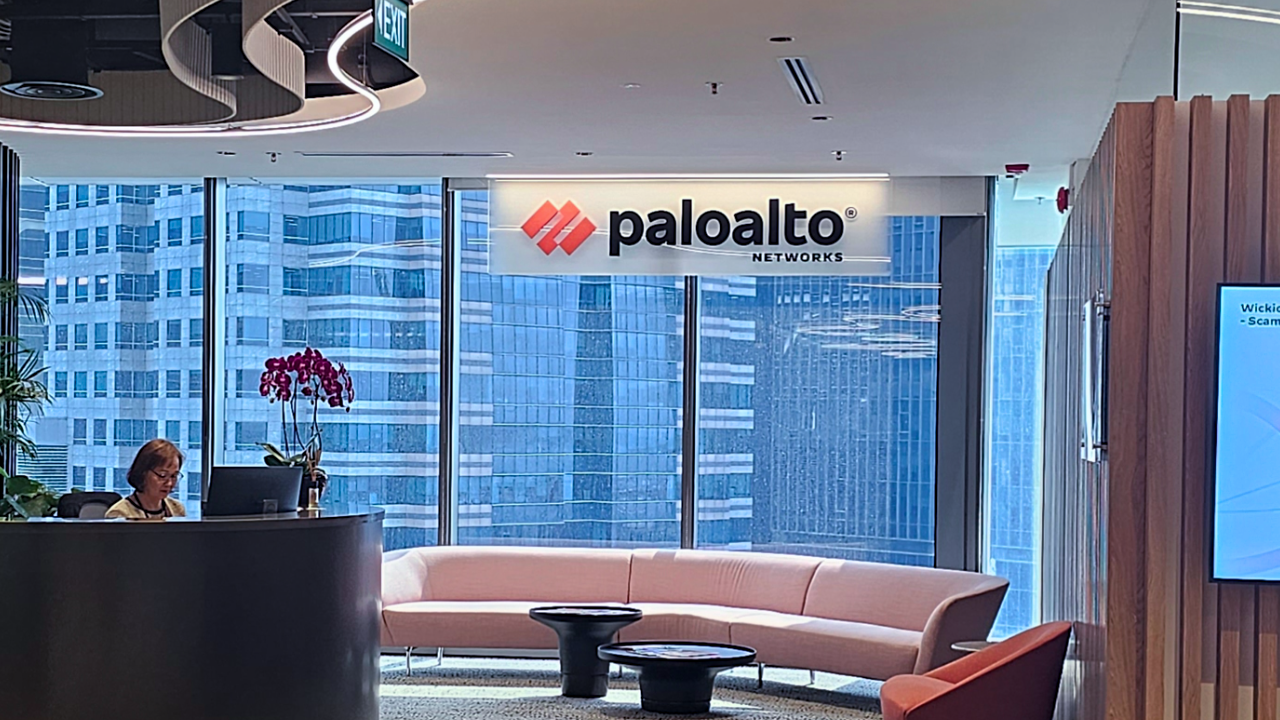In theory, every new security tool increases a company’s protection. In practice – the more tools, the more chaos. Fragmentation of solutions becomes a real threat to the IT infrastructure, and instead of resilience – we build systems that are harder to maintain, understand and protect.
Digital growth = larger attack surface
Digitalisation is gaining momentum in every company: new applications, migration to the cloud, an increase in end devices, integrations with business partners. This is an inevitable direction. However, this growth is followed by an increasing attack surface – that is, the number of points through which attackers can attempt to access an organisation’s resources.
Just by adding a few access management tools, a system for monitoring threats and a separate solution for RODO compliance, the infrastructure starts to get complicated. Every new component means another dependency, another data, another risk of error. Without a coherent strategy, this architecture starts to resemble an unplanned extension to a house: with separate doors, alarms and keys – but no map.
Patchwork syndrome: safety in the wild
In practice, companies very often build their security systems in a reactive way. When a new audit requirement arises, they buy an event logging solution. When a phishing incident occurs, they add another email filter. When they implement remote working – they invest in VPNs and identity management. Any of these solutions can be good. The problem arises when none of them ‘talks’ to the others.
This is how silos are created. Systems operate separately, with their own interfaces, their own databases, different scopes of monitoring. Integration is sometimes difficult or expensive, so it is put off. The result is a ‘patchwork’ of security tools – a conglomeration of well-designed functions that together form an ineffective whole.
What goes wrong?
The effects of this fragmentation are very concrete – and costly.
Firstly, the lack of a consistent picture means that security teams cannot see all the pieces of the puzzle. An alert from one system may lack context from another – making it difficult to analyse and respond quickly. A situation can arise where a threat is detected but not interpreted as critical because the bigger picture is missing.
Secondly, operational overload. SOC (Security Operations Centre) analysts have to switch between different tools, reports and processes. The increasing load increases the risk of human error – yet it is errors that attackers most often prey on.
Thirdly – costs. Maintaining several or a dozen distributed systems is not only about licences, but also about specialists’ time, integration costs, additional tests and compatibility problems. Companies often spend more on just ‘bundling’ tools than on actually using them.
What do security teams need?
Paradoxically, in an age of advanced cyber threats, security should start with… simplification.
SOC and CISO teams need a consistent view of risk – a single source of truth that covers all assets, resources, accounts, entitlements and gaps. Only then can incident, audit and compliance risks be managed effectively.
They also need contextual analysis. Security systems cannot act as isolated sensors – they need to understand what an event means in a specific environment. Example: a login alert from abroad does not necessarily mean an attack if the user is working remotely. But if he or she is logging in simultaneously from two continents – that’s already a red flag.
Finally, they need automation and prioritisation. Manually sifting through thousands of alerts is a road to nowhere. It should be algorithms – based, for example, on AI or risk rules – that classify events and suggest actions.
Towards integration: security defragmentation
The market already sees this problem. Hence the growing popularity of so-called integrated platforms – such as XDR (Extended Detection and Response), CNAPP (Cloud-Native Application Protection Platform) or SSE (Security Service Edge). Their common denominator is the attempt to ‘glue’ protection elements into a single structure – without losing functionality.
A well-designed security environment need not consist of a single monolith. But it should be based on an integrated core – with data sharing, a common interface, unified policy management. Only then can we talk about real ‘cyber risk management’ instead of tool management.
Less is safer
In a digital world where everything happens faster, the most dangerous things are delays in decisions. And these are most often due to an unclear picture. Companies that want to gain resilience against attacks and meet regulator requirements must learn to simplify their security. This does not mean abandoning technology – it means consciously combining it.




